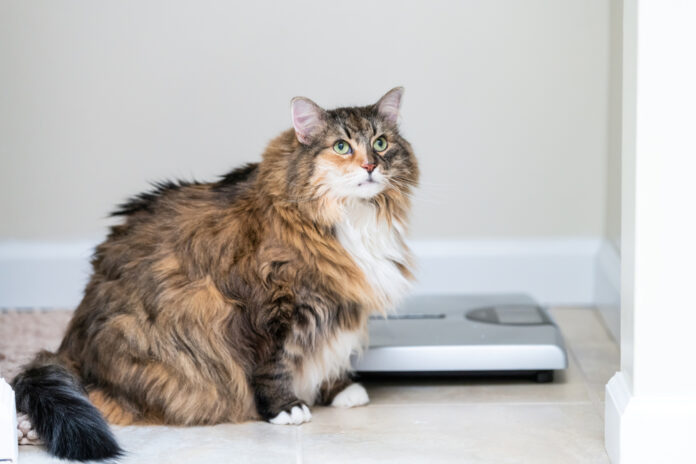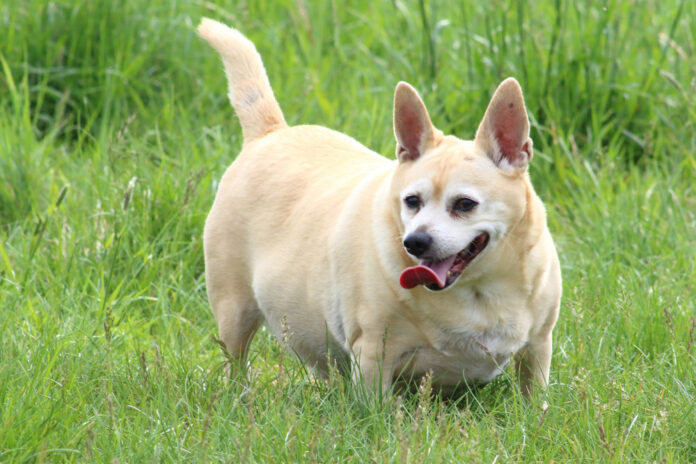The unlikely history of commercial pet food

Commercial pet food was invented with convenience and profit in mind, not the health of dogs and cats. Luckily, the more recent movement back to fresh, raw food is gaining ground.
Walking through the pet food aisles, you’ll see quite a few dry and canned foods for your dog or cat. Most advertisers would have you believe that this is how your animal is meant to be fed, and we’re often told that raw and fresh diets are a new fad. Interestingly, this isn’t quite the case.
In fact, the history of fresh and raw pet diets dates all the way back to the initial domestication of cats and dogs 16,000 years ago, while the history of kibble dates back to only 1956.
Here’s a brief timeline of commercial pet food:
- Before the 1920s: Most dogs and cats were fed fresh “human” food in the form of table scraps or even freshly-prepared meals. As early as 2000 BCE, we have recipes for raw meals for dogs, consisting of fresh meat, bones, barley, and milk.
- 1920s: The first generation of canned pet food hit the market. Ken-L-Ration, taking advantage of the low cost of horse meat, developed the first canned dog food and kicked off the industry we still see today.
- 1940s: During WWII, meat and aluminum were both rationed, but the demand for convenient pet food remained high. Attracted by the large margins on pet food, cereal companies began creating dry pet food from leftover by-products and grains.
- 1956: The first commercial kibble was invented, using a process called “extrusion”. Still used today, this process pushes dough through a high pressure, high heat extruder to form kibble. During this process, the food is sterilized, artificially preserved, and nutrients are degraded. But given how cheap it is to produce pet food this way, it was embraced by most manufacturers and promoted as the most convenient way to feed dogs and cats.
- Today: While commercial pet food remains popular, it’s important to note that the only reason they were invented was for the convenience and profit of manufacturers, not for the health and well-being of dogs and cats. Now, 70 years after the invention of kibble, and with the advent of online ordering, plus the introduction of nutrition science into pet food formulation, we’ve come full circle. Feeding fresh, raw pet food, which domesticated dogs and cats have eaten for thousands of years, is now nearly as convenient as kibble and canned foods.





